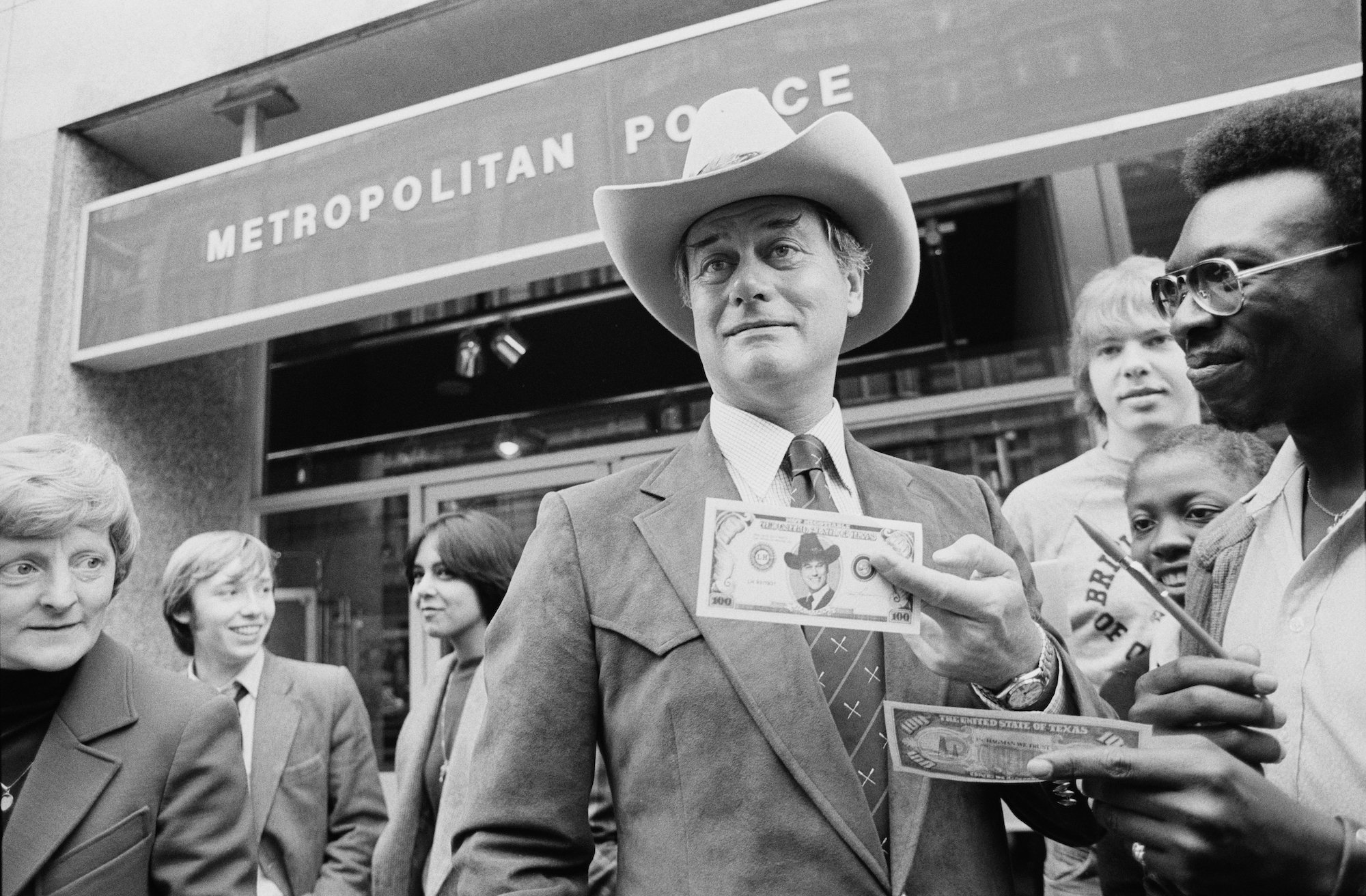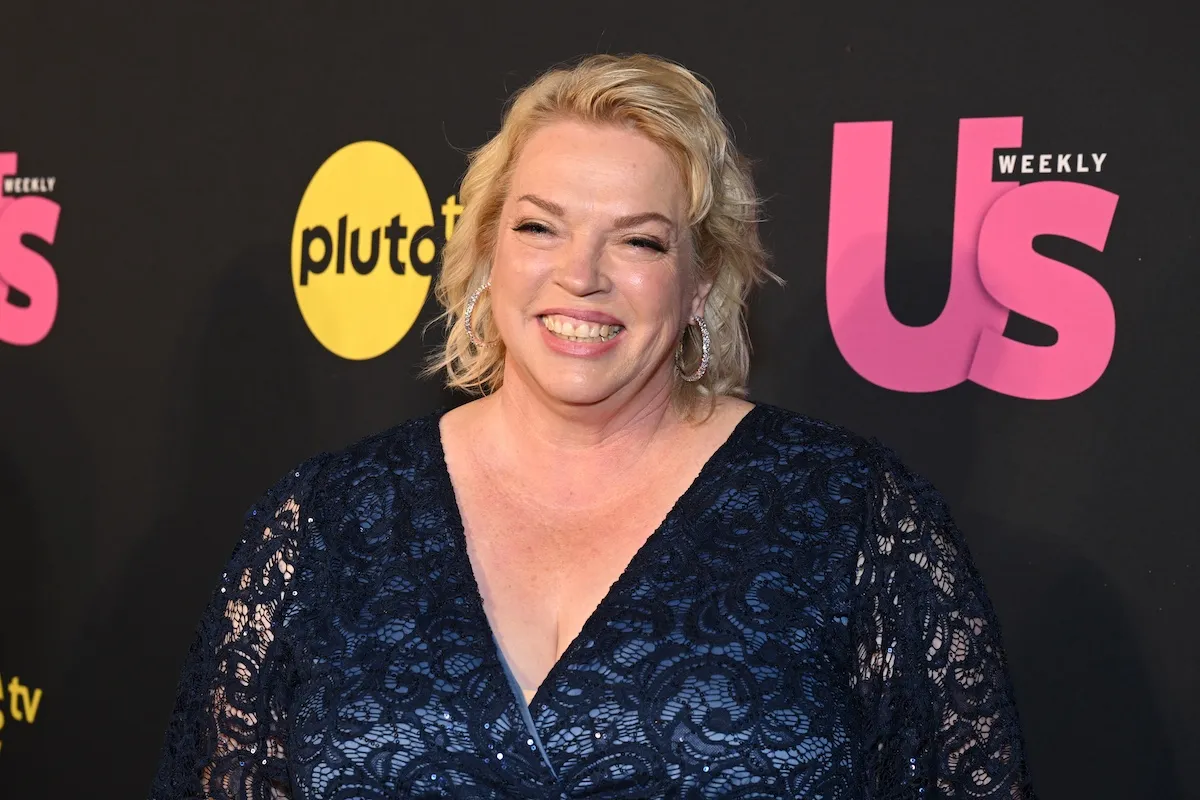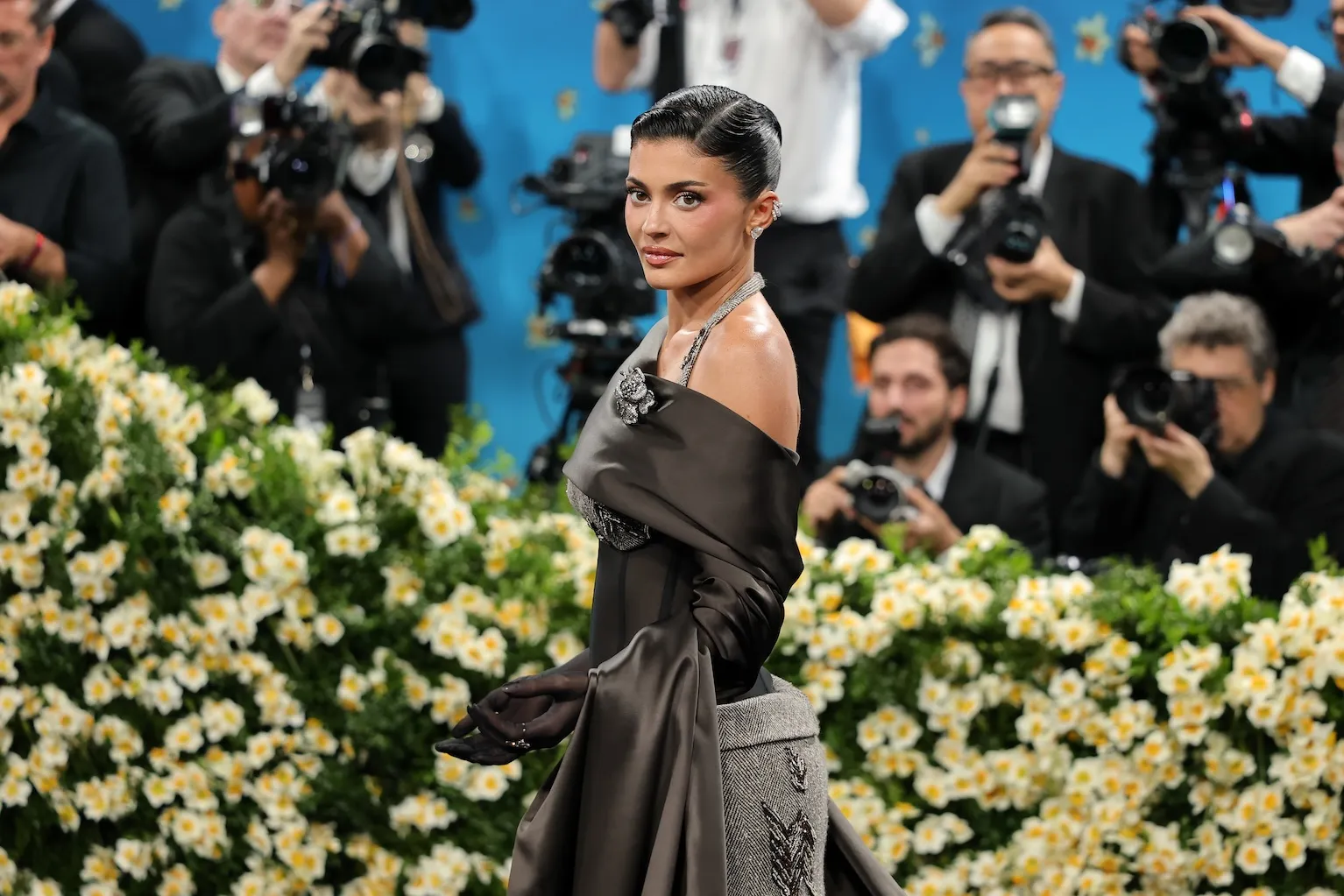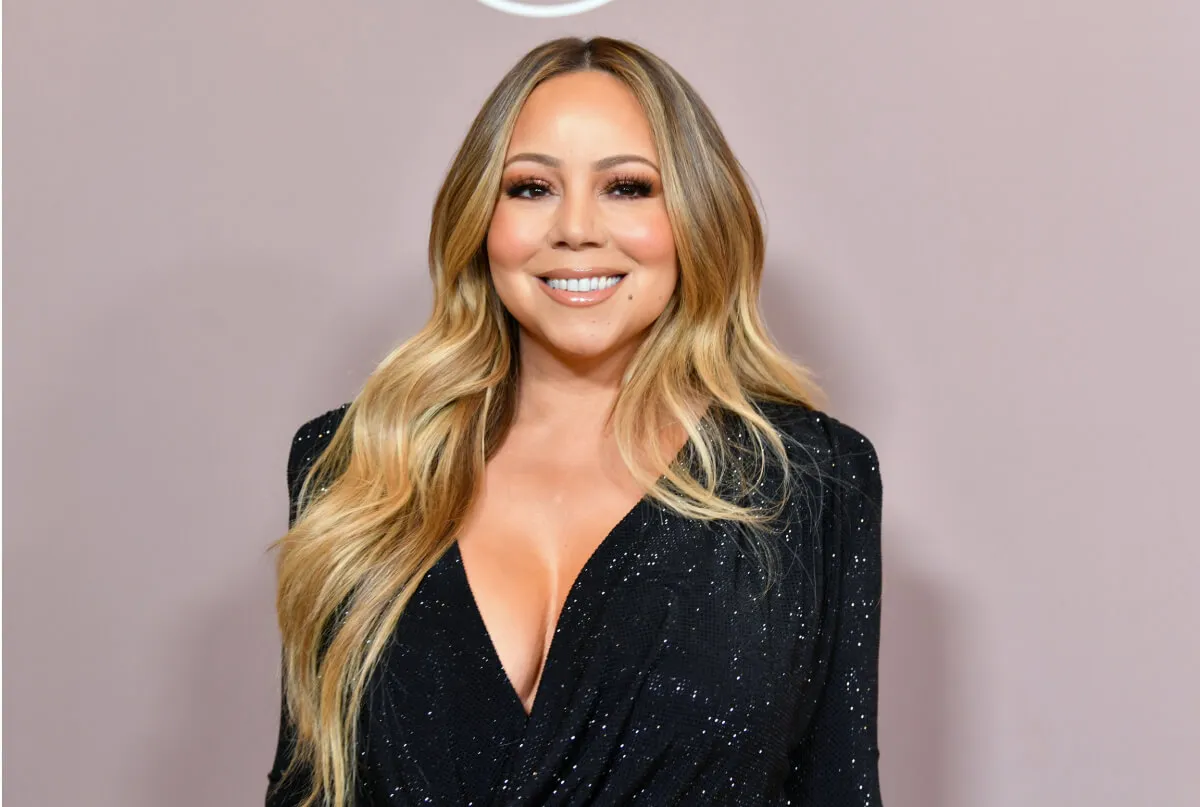‘Dallas’: Who Shot J.R. Ewing?
It might be hard to imagine now since the nature of TV shows has shifted so drastically, but there was a time when television options were concentrated enough that a fictional event could provide a real-life point of cultural togetherness. These days, the rise of streaming platforms means that it’s rare for a large portion of the American public to be tuned into an event at the same time. Sure, there are still some shocking conclusions to series that get a lot of people talking, but with viewing habits fractured into smaller and smaller niche audiences, there is less opportunity to unite the country around one show.
That wasn’t the case in 1980, and Dallas certainly managed to leave a cultural mark with its Season 3 finale.

‘Dallas’ was a long-running drama
Premiering in 1978, Dallas was focused around wealthy oil tycoons and their families in Dallas, Texas. It starred Larry Hagman, who had risen to fame years earlier as Anthony Nelson on I Dream of Jeannie. In Dallas, Hagman portrayed J.R. Ewing, a man caught up in plenty of family drama and shady business dealings. The show originally ran an abbreviated five-episode pilot season, and its popularity grew considerably. The CBS series then went on to run an additional 12 full-length seasons before wrapping up for good in 1991.
Frequently called a “primetime soap opera,” as History reports, much of the series revolved around the wealthy Ewings and the less lucky Barnes family. The history between the families’ two patriarchs — Jock Ewing and Digger Barnes — left bad blood between them with the Barnes family feeling that the Ewings had stolen from them after a former partnership turned sour. When Jock’s youngest son married Digger’s daughter, the feud was brought into even sharper focus as the families had more opportunity to interact.
‘Dallas’ Season 3 premiere ended on a massive cliffhanger
Cliffhangers are frequent literary devices deployed across entertainment dramas, but Dallas‘ Season 3 conclusion stands out as a particularly successful use of one. When deployed poorly, a cliffhanger can ruin a previously beloved television series, but Dallas handled their dramatic ending masterfully.
At the end of the episode, viewers saw J.R., Bobby’s oldest brother and a greedy character full of vice, crumple to the ground, shot by some off-screen assailant. The beauty of the moment was that J.R. had enough enemies that virtually anyone in the cast seemed like a likely suspect. There were no hints to narrow it down, and the show was finished for the season, leaving viewers months to wait for more information.
As The Atlantic explains, the cliffhanger was brilliant from a marketing perspective: “Dallas aired during the golden era of the ‘big three’ TV networks when there was no way to binge-watch and catch up with the hit of the moment. So its third season finale was an innovative gambit—the cliffhanger was the stuff of serialized soaps and Charles Dickens, not the world of episodic television, where mysteries were tidily solved every week.”
Everyone was talking about who shot J.R. on ‘Dallas’
The cliffhanger paid off in a huge way. Everyone was talking about the ending and speculating about who could have been the culprit. Larry Hagman even got asked about the identity of his character’s assailant by Queen Elizabeth, but he kept her in the dark. Show writers worked hard to keep the secret under wraps. They went so far as to let all the characters — and even the crew members — shoot J.R. so that no one knew who did the actual act that would make it into the next season’s reveal.
“Who shot J.R.?” became a marketing catchphrase around the upcoming season premiere, and the public was ready to find out. The series went from being the sixth most-watched show at the end of its third season to the top spot by Season 4.
Perhaps most interesting of all was the creative process behind the plot. “As with many classic TV cliffhangers, the show’s writers went into things with no particular idea of how to resolve the mystery, arriving at the conclusion just by a logical process of elimination,” David Sims explained in his article for The Atlantic.
Eventually, Kristin Shepherd — J.R.’s wife’s sister and his former lover — was revealed as the culprit, but by then the story was less about who had done the deed and more about how the show had successfully used the cliffhanger to boost its own success.


